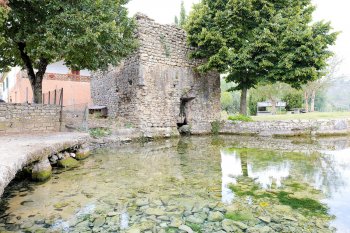Explore the best places
Heritage in Portugal
Moinho do Zambujal
- heritage
Zambujal
3150, Zambujal
Small wooden windmill, located in a high and unpopulated area.
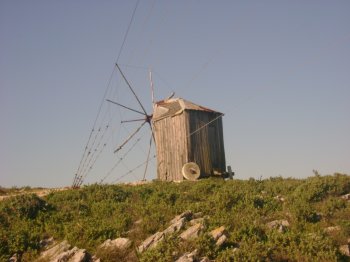
Casa dos Arcos / Casa das Colunas
- heritage
Rua da Condeixinha
3150-132, Condeixa-a-Nova
The building dates back to 1974 and features a staggered main façade. The porch with its Tuscan columns, which gave it its name, no longer exists, leaving only two arches on the lower level. It has been renovated and currently houses the Tourist Office.
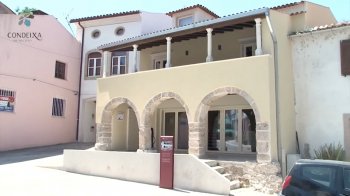
PO.RO.S - Museu Portugal Romano em Sicó
- heritage
Avenida dos Bombeiros Voluntários de Condeixa-a-Nova, 41 - Quinta de S. Tomé
3150-160, Condeixa-a-Nova
The PO.RO.S – Portugal Romano Museum in Sicó presents the theme of Romanization, paying particular attention to its influence on the Sicó region. This interactive experience focuses on the Condeixa municipality's museum collection and high-quality content produced by leading experts on the Roman presence in Portugal. Furthermore, contemporary museography supported by cutting-edge technological systems transports us on a journey back in time to the Romans.
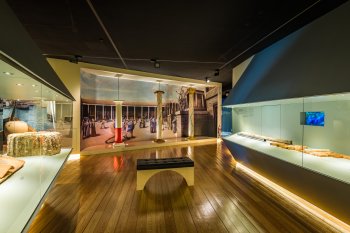
Palácio dos Lemos / Palácio Ramalho Lemos / Palácio Sotto Maior
- heritage
Rua Dom Francisco de Lemos
3150-142, Condeixa-a-Nova
An 18th-century palace with a façade bordered by two turrets and an entrance surmounted by a pediment rising above the cornice. The rhythm of the openings, wrought iron, stonework, and chapel are remarkable. The central section ends in a triangular gable with a coat of arms, and the rest of the façade features simple rectangular openings on the ground floor and bay windows on the main floor.
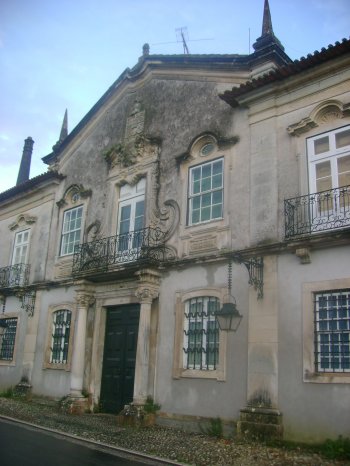
Palácio dos Figueiredos
- heritage
Largo Artur Barreto
3150-124, Condeixa-a-Nova
A seventeenth-century palace with three sections, the central section providing access to a courtyard with stairs leading to a balcony. It features a sober, symmetrical façade with six balconies on each side section. Currently, it houses the Town Hall.
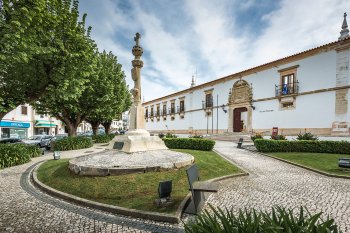
Igreja de Nossa Senhora da Graça / Igreja Matriz de Ega
- heritage
EM607
3150, Ega
Manueline building where stands out the gate assigned to Marcos Pires, the triumphal arch and the vault of the chancel of Diogo de Castilho. The altarpiece of the main Chapel, triptych, presents in the center pane Nossa Senhora da Graça on the side panels and the conversion of St Paul and the fall of Simon Magus, representing the primitive Portuguese painting. Note also the altars with 16th century paintings and tiles from the 17th and 18th centuries.
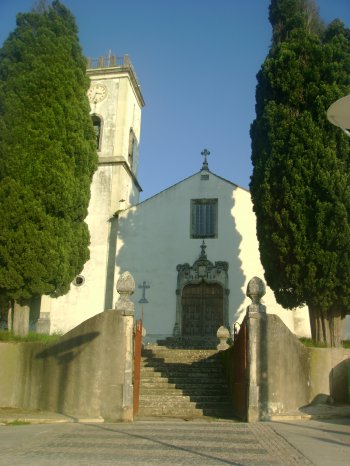
Casa-Museu Fernando Namora
- heritage
Largo Artur Barreto, 9
3150-124, Condeixa-a-Nova
Operating as a house museum since 1990, the highlights include the painting collection of Fernando Namora and other artists, his office collection, and a collection of manuscripts, original notes, galley proofs, published books, and annotations. You can also see some personal objects and cards, as well as a vast library with works by this and other Portuguese and international authors.
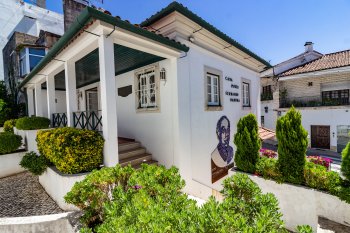
Ruínas de Conímbriga
- heritage
Rua Professor Vergílio Correia
3150-220, Conímbriga
A Roman city built on an Iron Age settlement, it features a walled enclosure approximately 1,500 meters long. The entrance would have been through a vaulted structure with two doors, one a drawbridge and the other on hinges. The latter opening was fortified by two turrets.
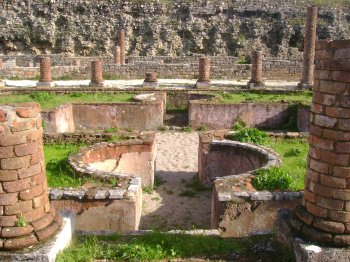
Aqueduto Romano de Conímbriga
- heritage
Alcabideque
3150, Alcabideque
From this ancient aqueduct, one can still see the water catchment area for the Roman city of Conímbriga, along with traces extending up to 3,550 meters. The remains of the rectangular castellum (catchment tower) are clearly visible from the water catchment system.
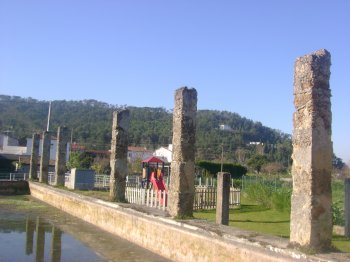
Castellum de Alcabideque
- heritage
Rua do Canto, 2
3150, Condeixa-a-Velha
Collection tower, located next to a collection tank, which essentially served to capture and raise water for later transport, through a three-kilometer aqueduct, to the city of Conímbriga.
